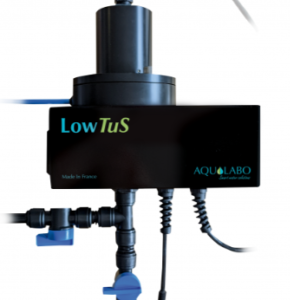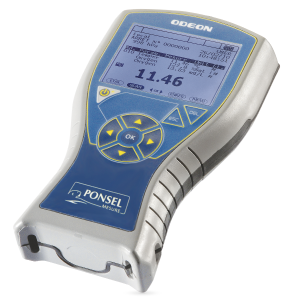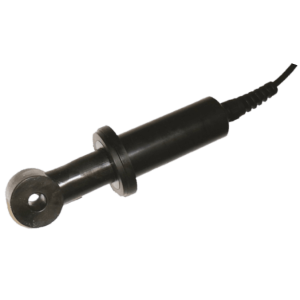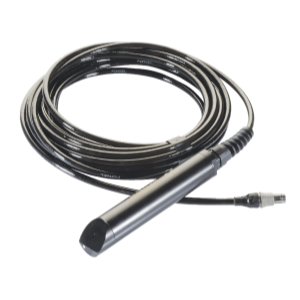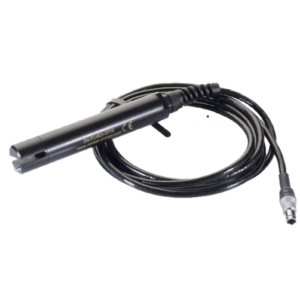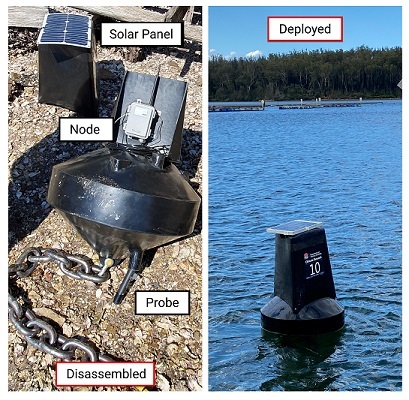
C4E sensor (conductivity/salinity/temperature) included in a project to monitor the quality of oyster-growing water in Australia.
IoT-enabled devices make it easier and cheaper than ever to capture environmental data in situ and transmit this data – in the form of graphical visualisations – to farmers in seconds. This work provides a description of an environmental monitoring network focused on aquaculture. The network consists of LoRaWAN-enabled atmospheric and marine sensors attached to buoys on the Clyde River, located on the south coast of New South Wales, Australia. This network of sensors provides oyster farmers operating on the river with the ability to make informed, accurate and timely decisions. This optimises their ability to respond to adverse environmental events – typically floods and heat waves. The system represents an end-to-end approach that involves deploying a network of sensors, analysing the data, creating visualisations in collaboration with farmers and disseminating these visualisations in real time via a website called FarmDecisionTECH®.
This network was compared to previously available infrastructure. The results show that an in situ weather station was ∼5 ∘C warmer than the nearest available real-time weather station (∼20 km from Clyde River) during a summer heat wave. Heat waves can result in oyster death from exposure if temperatures exceed 30 ∘C for prolonged periods (such as heat waves). This results in a loss of income for farmers; thus, this work highlights the need for accurate in situ monitoring to prevent oyster loss through informed farm management practices. Finally, oyster farmers were able to clearly and informatively retrieve high-dimensional data sets captured by the sensor network through a proposed approach.
Keywords: LoRaWAN; IoT; aquaculture; environment; monitoring
